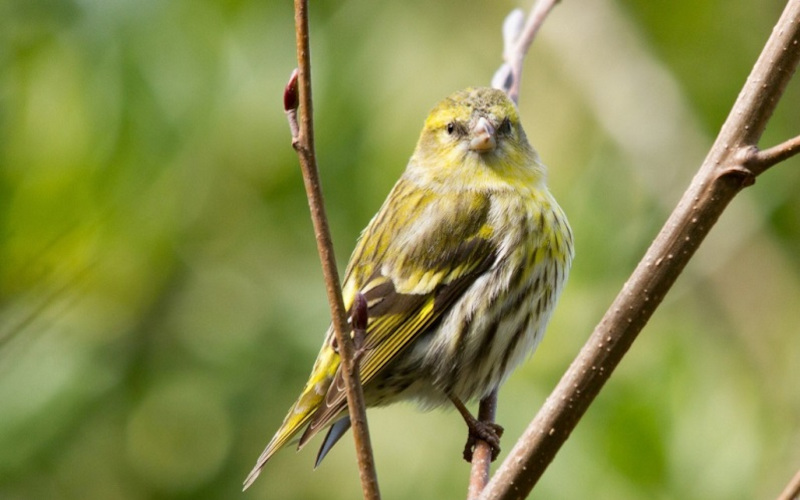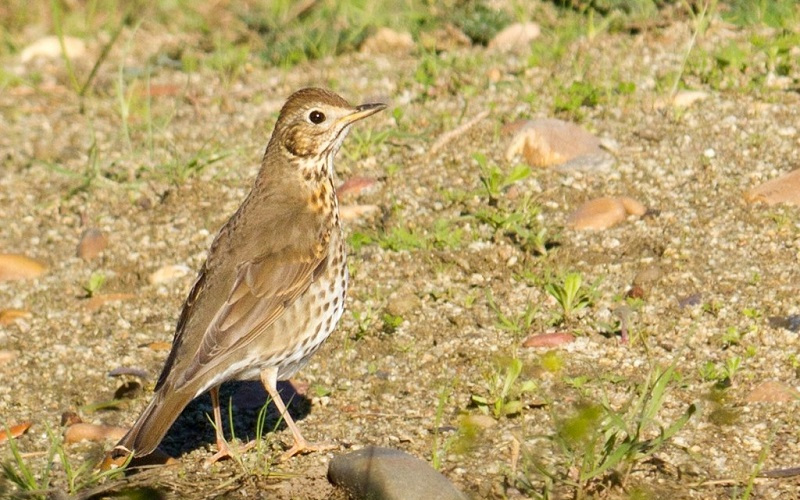

How do birds survive the rain and cold?
With the arrival of winter many birds migrate to Africa but others remain where they were born, including small passerines. João Eduardo Rabaça, from the University of Évora, explains how these species cope with lower temperatures.
Winter has set in and days are getting colder and rainier. For passerines, this is a “demanding” time of year: “Long nights and low temperatures force these birds to seek extra energy”, notes João Eduardo Rabaça, who is a Professor at the University of Évora and the Coordinator of LabOr – Ornithology Laboratory.
These small birds dedicate themselves to building “sufficient fat reserves to enable them to survive” and spend most of the day eating. According to the British Trust for Ornithology, Blue Tits (Cyanistes caeruleus), which can be spotted in many green areas, including the Gulbenkian Garden, can spend up to about 85% of daylight on a winter’s day, searching for food, says the researcher.

At the same time, for passerines in general, their “feathery coating allows air pockets to lie under the feathers, providing additional help in keeping their bodies warm.”
Some species start preparing for the most rigorous season of the year, as early as autumn, such is the case of the House Sparrow (Passer domesticus), he explains. “A layer of feathers starts growing under the main plumage, increasing the weight of the body covering by 70%! This is how they ensure better protection against the cold.”

But there other, lesser-known strategies. When birds are active, their body temperature is higher than that of humans as “it is about 41ºC, although there are variations.” However, in order to endure colder nights, the body temperature of some species drops by 10ºC or more – a process known as daily torpor or heterothermy, says the researcher. “This is how birds save energy. The most impressive case is a species of hummingbird that occurs in the Andes. Its body temperature can drop to 3.26ºC during the night!”, reveals the LabOr coordinator. “It is an extreme but extraordinary example of animal adaptation.”
However, regulated hypothermia, “a more modest drop in body temperature, to 5 or 6ºC”, is more common. With this method, birds need much less energy for the body to be able to return to a “normal” temperature at dawn.
Although it is colder these days, the truth is that “the winter in southern Europe, especially in Portugal, is quite mild when compared to central and northern Europe, for example”.
For this reason, recalls the researcher who is also the author of the book entitled “The Birds of the Gulbenkian Garden”, in the late summer, there are countless birds that leave the northern regions, migrating southwards, where they will remain during the cold season. Such is the case, for the Siskin (Spinus spinus) and the Song Thrush (Turdus philomelos), for example.


Every month, throughout the year, Wilder magazine reveals some of the phenomena taking place in the Gulbenkian Garden and the natural world.